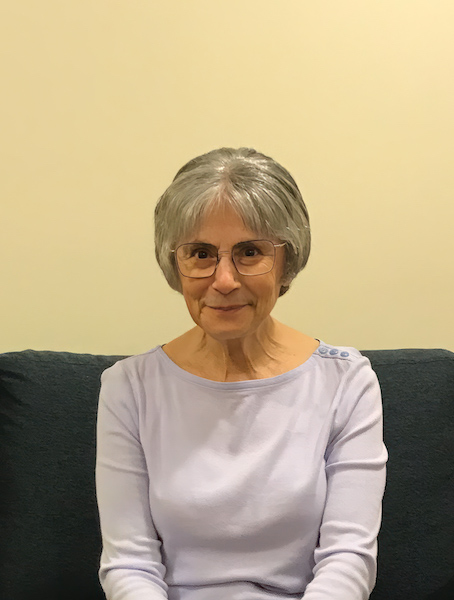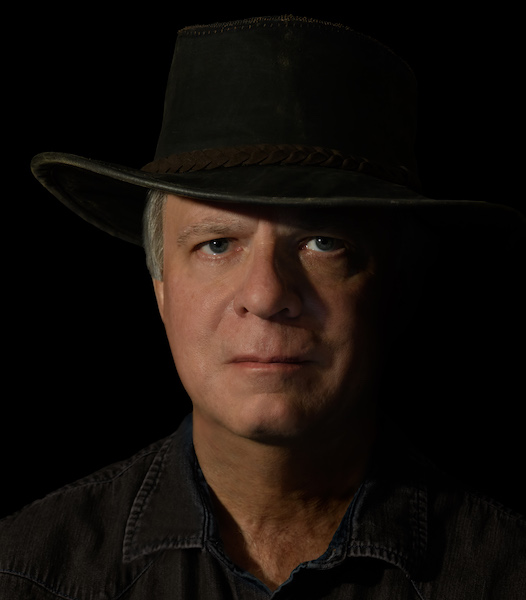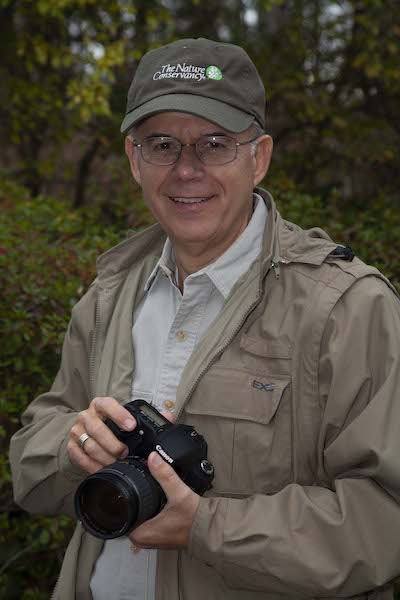Kate Woodward
I joined the Silver Spring Camera Club in 2014. I love the club—not only has it helped me vastly improve my photography, but it has helped me make many new friends. Thank you, SSCC.
If I were to describe my philosophy of photography, I would say that everywhere I go, nearby or far away, I can find beauty worthy of photographing. My goal in taking photographs is to make the ordinary appear extraordinary—the invisible visible—to myself and others.
Particularly, I seek those details that might easily be overlooked, but once noticed and captured by my camera, appear visually striking and significant. For example, I often prefer photographing architectural details or parts of multiple buildings rather than a single building in its entirety or a full skyline. I tend to prefer to photograph a single leaf or parts of a tree or trees rather than a wide view of a forest. Overall, I am particularly interested in the relation of geometric shapes and of lines and textures that I find in my environment. I also seek reflections in water or buildings that form abstract and elegant designs.
While I began photographing long before I purchased my first digital camera in 2005, I love digital photography. I love the flexibility the digital camera provides in the field, and I have come to enjoy deeply my digital post processing efforts.
In terms of personal details, I was born in Massachusetts (go Boston Red Sox!) and moved to Maryland in 1976. I now live in Rockville. I have been married to Joe for 50 years, and I have two children and five grandchildren. (What a treat!)
Before retirement, I was an educator. I began with teaching high school English and ended with directing and teaching courses in a Master of Education program in Instructional Technology. I received a Ph.D. in Public Communication and Film and wrote a dissertation entitled: The Comedy of Equality: Romantic Film Comedy in America, 1930-1950. I want to recommend that you all see one of my favorite comedies, The Awful Truth, 1937 with Cary Grant and Irene Dunne. And if you do see it, please tell me what you think.
Let me extend another thank you to all of you in the club.
Steven Stewart
One of my earliest memories is of my childhood experiments with my dad’s 1950s-era Agfa camera. I especially remember doing some nighttime long exposures of a snowy winter scene in our front yard, circa first grade. I was hooked.
In the third grade I saved up my allowance for many weeks to buy my own camera, a $10 Kodak Instamatic! It was definitely a downgrade from borrowing my dad’s Agfa, but it was all mine. It featured revolutionary easy-to-use flashcubes and film cartridges — what an innovation! It lacked the control I had with all the knobs and dials on the Agfa, but the sheer point-and-shoot simplicity of it led to some of the styles I still embrace today. (My common online handle is SnapshotStew.)
An early influence came from a short photo book my dad bought me, “whispers of intimate things” by Gordon Parks. It was a collection of his impressionistic photography alongside his own poetry. The ideas of impressionistic photography as well as of combining photography with other forms of art were new to me, and I can’t say that I took to them right away. But now, decades later, I have come to understand how that book subtly gave me permission to think in more creative ways.
Another of my earliest memories is of learning to play piano at my dad’s side. Slowly my musical interests increased to the point where in college I even majored in music (trumpet) for a while. I also played some classical and folk guitar through my teens and twenties. The pressures of a busy career soon led me to give up the daily discipline of practicing music. But after a hiatus of 40 years, just as the pandemic began, I bought a classical guitar, and I’ve been diligently practicing it ever since. A year later I expanded my musical studies with a new digital piano. It’s felt a little crazy to start all over again from scratch, but it’s been very fulfilling to finally get back to music. Maybe someday I’ll find a way to combine my various art forms (à la Gordon Parks). But in the meantime, music and photography usually fill many hours of every day. All I can say is, it helps to be retired!
I haven’t limited myself to any particular genre of photography. My interests have ranged from snapshots perhaps inspired by my Instamatic days (e.g., candid portraits, street photos) to carefully composed “artistic” shots perhaps inspired by my early introduction to Gordon Parks (e.g., abstraction, minimalism) to highly technical images that my early experience with my dad’s Agfa likely facilitated (e.g., multi-gigapixel panoramas, deep focus stacks, astrophotography).
The age of digital photography has revitalized and transformed my interests. I’ve found these days that photos I take that look great right out of the camera are often ones that I briefly admire but then easily forget in my archive. The images that I remember and love the most are those with which I spend hours, days, or weeks in creative postprocessing. I often find myself happiest when working on photo-derived digital art, often featuring composites, strong symmetry, bold colors, and striking patterns and textures.
I have been retired for several years now, after a very fulfilling (and often very creative) career as a research analyst, software developer, and consultant. Both professionally and artistically it’s been a wild ride, but I’ve loved it. I wouldn’t change a thing!
Kent Mason
Kent Mason grew up in Washington DC and has lived in the area most of his life. His family hails from Montana and he spent many a summer on family ranches in close proximity to Glacier National Park. You can easily spot him since he’s only person in the club who consistently wears a bolo.
Kent attended Davis and Elkins College in West Virginia and Southern Illinois University where he completed his Masters in both criminal justice/correctional administration and counseling psychology. After a stint in the Air Force during the Vietnam War when he worked work as chief of police operations, he worked for the state of Md. as an assistant warden, and then as chief of community correctional planning. He then became Director of Community Corrections for Montgomery County where he was the founder of the Montgomery County Prerelease Center and the founder of three pretrial supervision and diversion programs. These programs specialized in drug and alcohol treatment. He retired from criminal justice work after 30 years and for the past 30 years has focused his energy on nature, landscape, and conservation photography.
Kent has been creating a photographic environmental study of extraordinary wild places in the highlands of West Virginia for the past twenty+ years. This is a collaborative effort with The Nature Conservancy which resulted in a book titled West Virginia’s Allegheny Mountains: A Photographic Journey which was published in 2018. Besides teaching visual design classes for many years, he sells fine art photography in two galleries, has displayed his work in such places as The Nature Conservancy National Headquarters, and the National Wildlife Federation headquarters. He has had images published in calendars, books, Nature’s Best magazine, Wonderful West Virginia magazine, Outdoor Photograph, etc., and often has images displayed on The Nature Conservancy, the WV Land Trust, and many other conservation organization websites and in their local and National literature. He led photo tours in the West Virginia highlands for many years where he lives six months of the year. A large collection of his images can be seen at WVphotographs.com
Kent has been a member of the North Bethesda Camera Club for close to 40 years and has held just about every position and currently serves on their board as a director. He joined the Silver Spring Camera Club for a few years about 40 years ago and then rejoined SSCC three years ago after speaking with Dave Terao.



